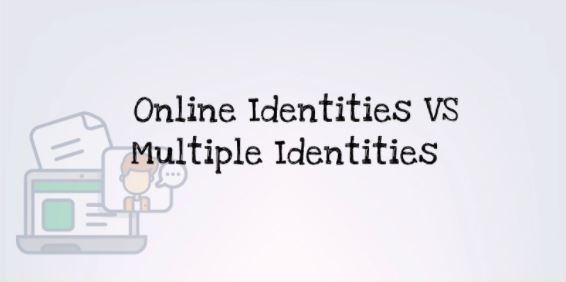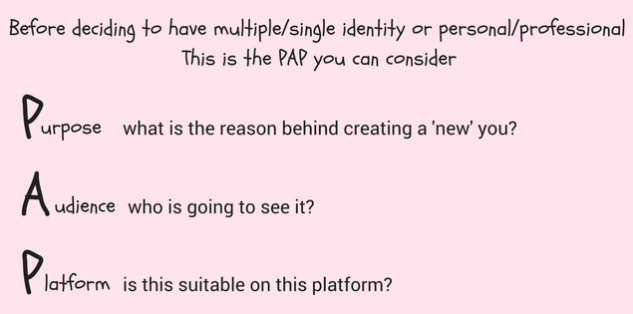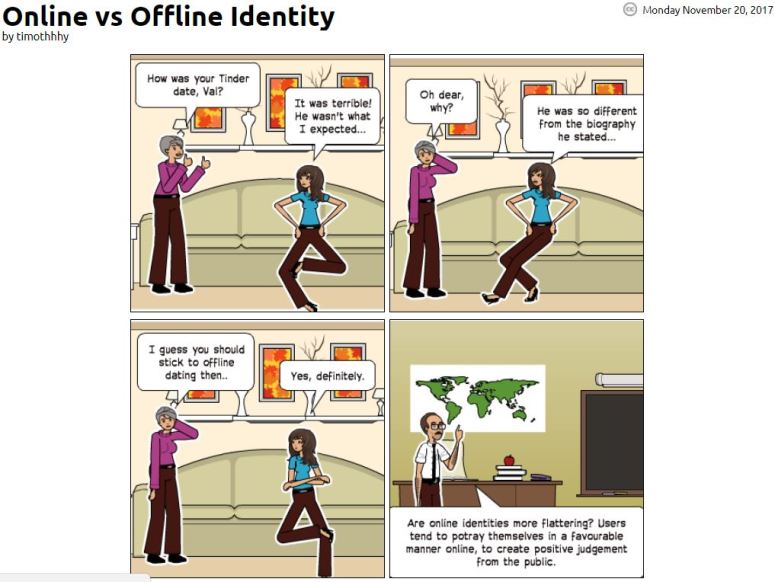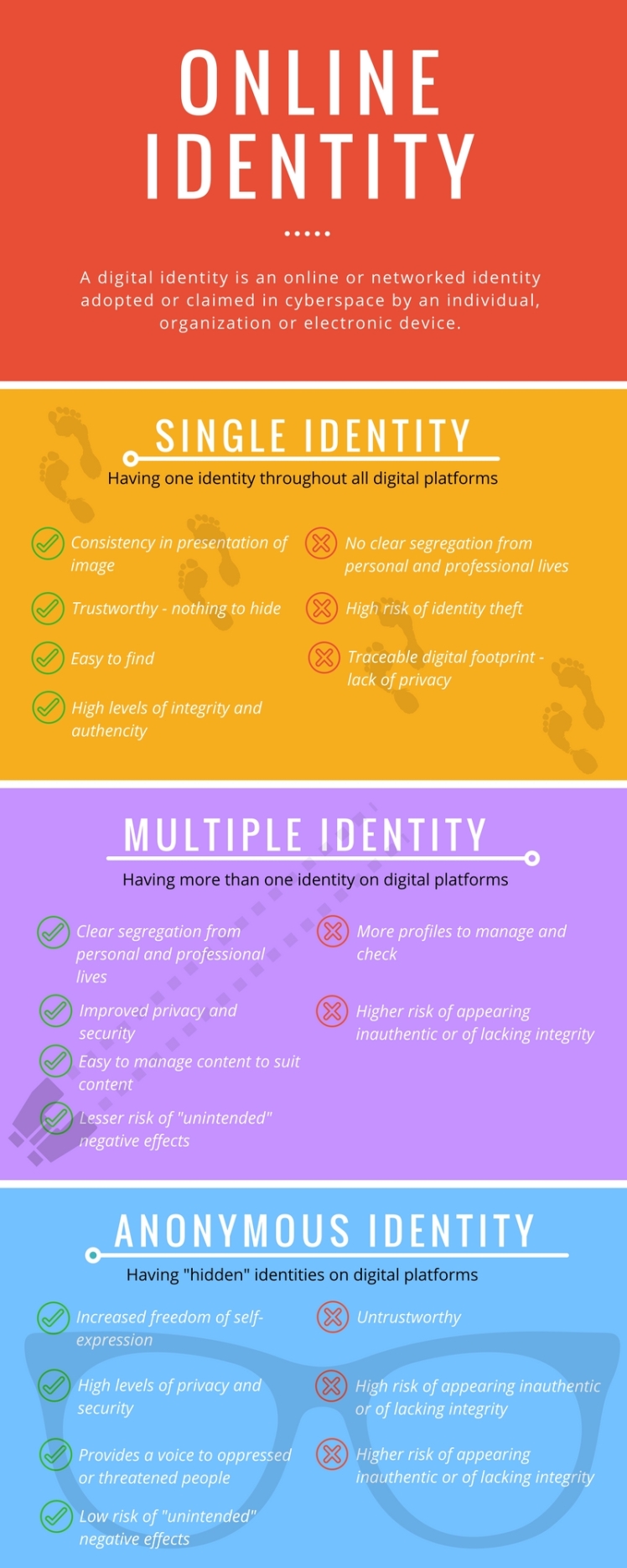
Topic 3: Different Platforms, Different Me
The Web is a user-centred platform for interaction and sharing. (Coasta & Torres, 2011) How you’ve presented yourself on the Web, the people you’ve connected with online, or even simply registering with a site are some things that could’ve contributed to building your online identity. Our online identities can be defined by almost anything, from basic information like our name to our likes and preferences.
Continue reading →








